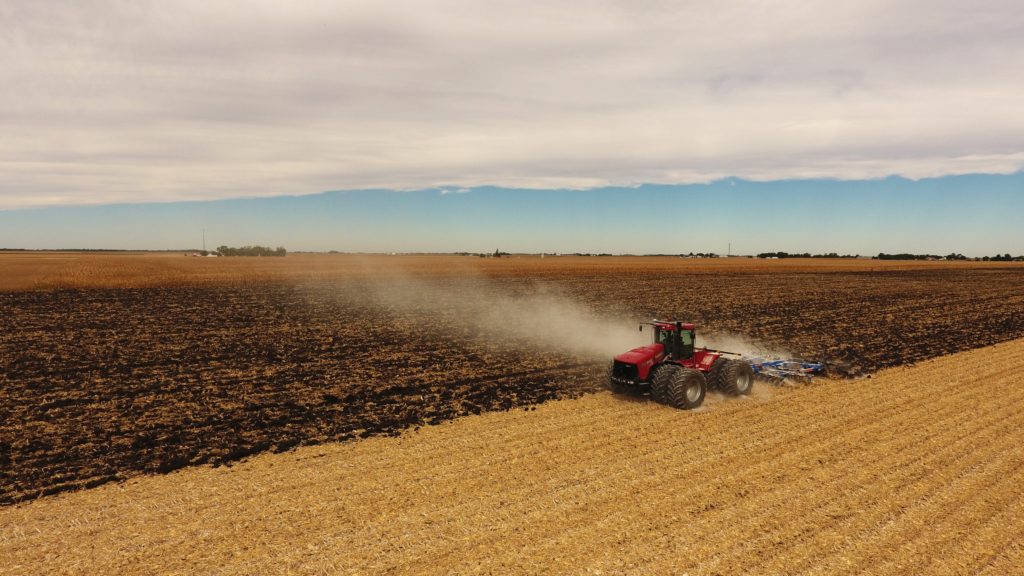This article by Ray Spitzenberger first appeared in IMAGES for July 23, 2020, East Bernard Express, East Bernard, Texas.
Helping to make molasses out of sugarcane the old-timey way in the 1940’s was my first experience with the tall grass known as “sugarcane.” Since there are three types of sugar cane, — chewing cane, crystal cane, and syrup cane, — I’m guessing my father’s cousins in Carmine, Texas, were using “syrup” canes for making their strong, thick molasses. I was a pre-teen at the time, and my job was to carry bundles of sugarcane to the area where a poor old horse, attached to a pole, went around and around on a device that crushed and squeezed the sugarcane stalks. My job was easier than the horse’s.
Many years went by before the thought of sugarcane crossed my mind again, as nobody grew sugarcane in Dime Box and Giddings. However, when I moved to Wharton in1966, my attention was caught by two things – the Teepees (which turned out to be a motel) and the widespread “nomenclature’ of entities as “Caney” or “Caney Valley.” “Why is everything ‘Caney’ around here?’ I wondered. There was “Caney” Creek, east of the Colorado River, “Caney Valley” Hospital, “Caney” Valley Cotton Company, “Caney Creek” Lodge, etc.
Even though I knew that Sugar Land, Texas, was given its name because of the Imperial Sugar Company, founded there in 1843, along with its sugarcane plantation, I made no connection to Wharton, where cotton, corn and cattle seemed to rule agriculture. It took me a few years of living in Wharton County and learning from local historians that before the Civil War, the largest sugarcane plantation and sugar mill in Texas were located in Wharton County.
In the 19th Century, because of their sugarcane production, Wharton, Fort Bend, Brazoria, and Matagorda Counties were known as the “Texas Sugar Bowl.” It always delighted me to learn new things, especially about the place where I happened to be living at the time, so it was good to get to know folks from the Wharton County Historical Association, from whom I learned that after the Civil War, cattle raising replaced sugarcane planting. Large farms or plantations in Wharton County, however, were still producing sugarcane in the 1890’s.
Caney Creek, also known as “Canebrake River,” began near Eagle Lake and eventually flowed into the Gulf of Mexico. Local historians said that “bamboo cane,” grew in great profusion along Caney Creek, so thick you could hardly cut through it. Since I’m not able to find any information about “bamboo” cane, I must assume it is a term local folks gave to it. Sugarcane, bamboo, and rattan are very different and not part of the same plant species. Maybe the sugarcane just reminded locals of bamboo.
In fact, I used to think incorrectly that the “caning” on the backs of our dining room chairs was made with sugarcane fibers, because it was called “caning.” But I learned that the fibers used in “caning” come from the skin or inner bark of the trunk of a rattan palm. Confusing!
In any case, the so-called “bamboo” cane which grew in great thickness along Caney Creek apparently comprised what was once designated as “the Great Prairie Canebrake.” I’m not a geographer, but I think it was the same area known as “Caney Run,” which paralleled Highway 102, southeast (I think) of Bonus, Egypt, and Glen Flora. If this is not correct, I do apologize to all the sugarcane history lovers out there.
One of the many things I do not understand about the “sugarcane history” of Wharton County, in the County histories I have been rereading, is the “canebrake burn-offs.” In the early days of the County’s agriculture, plantation owners burned off huge sections of the primeval canebrake forest, and planted corn, cotton, and sugarcane. Why would you burn off a canebrake forest and replant it with cane? Why not harvest the cane already there?
As I reread what I have just written, I must conclude that over the years, Wharton County has raised a lot of cane.
-o-
Ray Spitzenberger is a retired WCJC teacher, Lutheran pastor, and author of two books, Open Prairies and It Must Be the Noodles.


Sugar cane is(was) burned just prior to harvest to remove the leaves, making it easier to handle